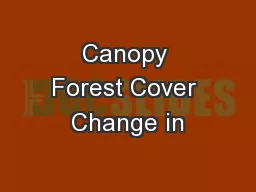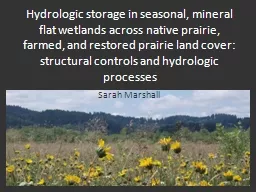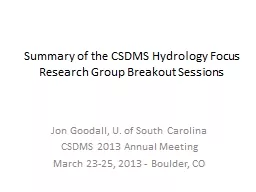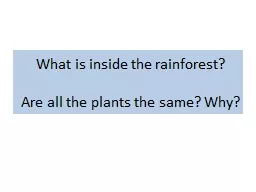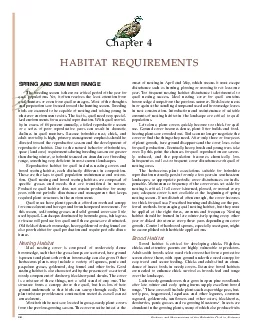PPT-An Enhanced Canopy Cover Layer for Hydrologic Modeling
Author : mitsue-stanley | Published Date : 2018-11-08
Sara A Goeking Why tree canopy cover From Winkler et al 2010 Hydrologic Processes and Watershed Response It may affect partitioning of precipitation into runoff
Presentation Embed Code
Download Presentation
Download Presentation The PPT/PDF document "An Enhanced Canopy Cover Layer for Hydro..." is the property of its rightful owner. Permission is granted to download and print the materials on this website for personal, non-commercial use only, and to display it on your personal computer provided you do not modify the materials and that you retain all copyright notices contained in the materials. By downloading content from our website, you accept the terms of this agreement.
An Enhanced Canopy Cover Layer for Hydrologic Modeling: Transcript
Download Rules Of Document
"An Enhanced Canopy Cover Layer for Hydrologic Modeling"The content belongs to its owner. You may download and print it for personal use, without modification, and keep all copyright notices. By downloading, you agree to these terms.
Related Documents



